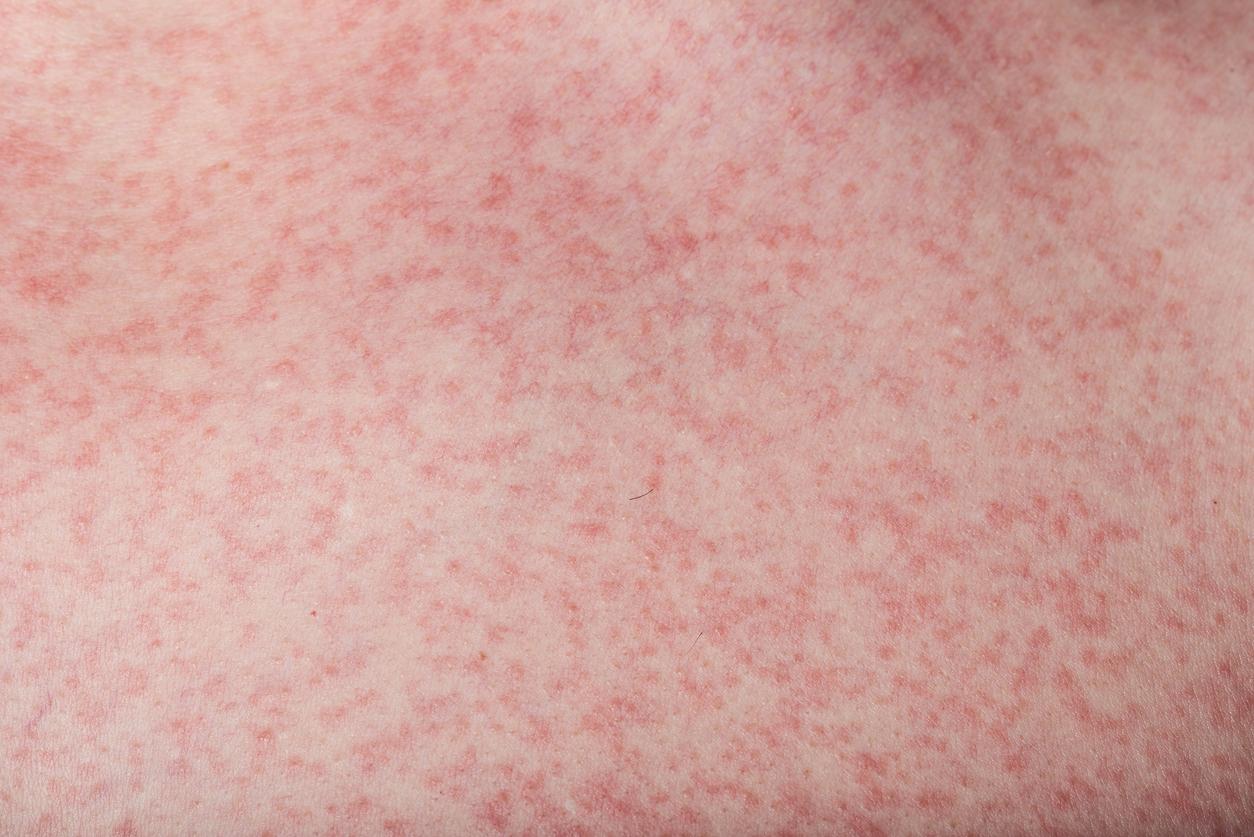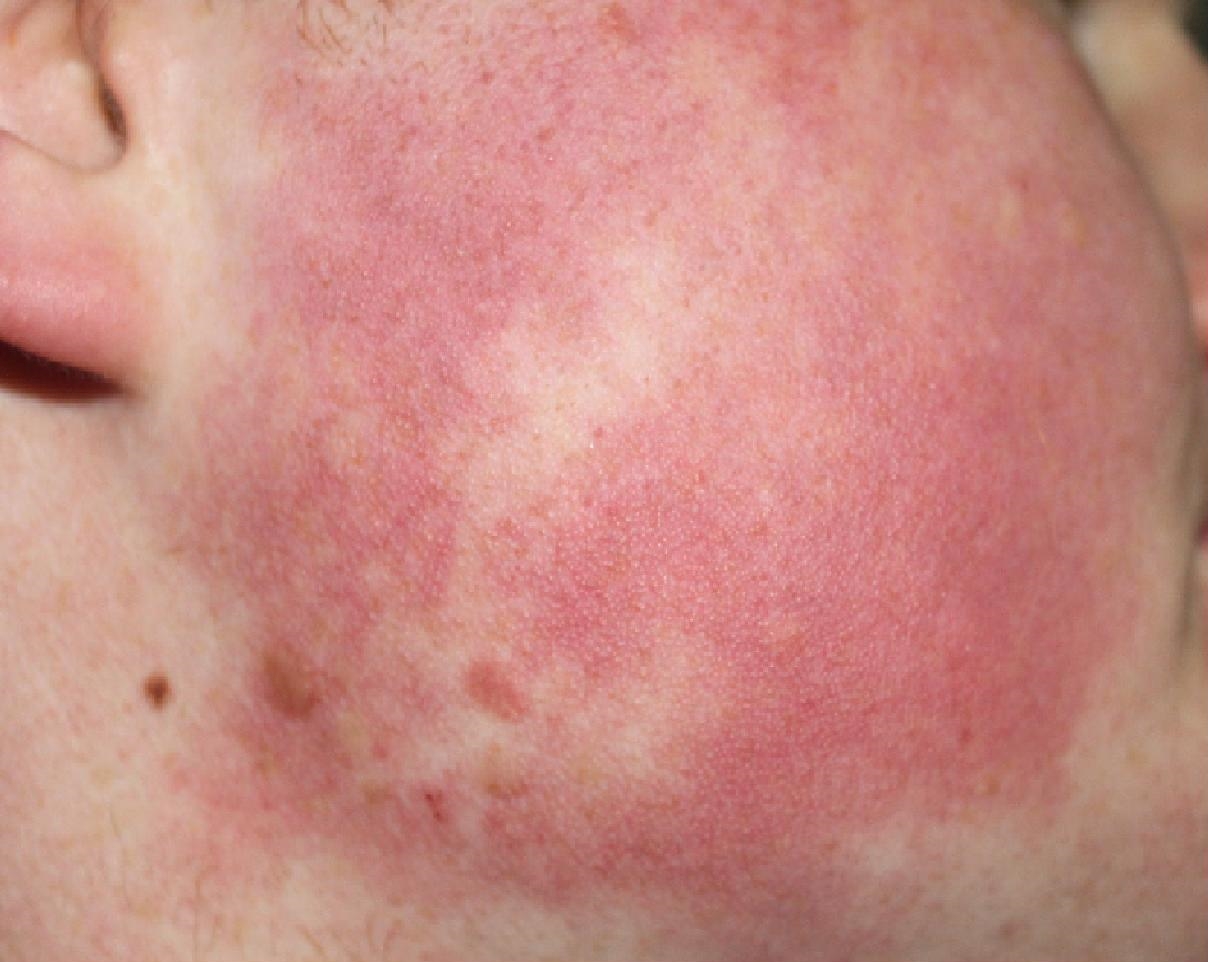
How to Fight Keratosis Pilaris (“Chicken Skin”) With the Right Skincare Routine
Keratosis pilaris is a common skin condition, which appears as tiny bumps on the skin. Some people say these bumps look like a freshly-plucked chicken, and unfortunately, that’s the reality for millions of people around the world suffering from keratosis pilaris. A benign but annoying skincare condition, keratosis pilaris produces a rash-like outbreak of raised bumps across your arms, legs, back or face. They might itch but aren’t catching or harmful to your health.
Nevertheless, you might feel less attractive and confident when these outbreaks occur. The bumps are occasionally red and might be mistaken for acne. Although no clear etiology has been defined, keratosis pilaris is often described in association with other dry skin conditions such as ichthyosis vulgaris, xerosis, and, less commonly, with atopic dermatitis, including conditions of asthma and allergies. While keratosis pilaris fades as you age, it can cause lasting damage to your self-esteem. I wish I could point you to a cure for this frustrating condition, but none exists.
That said, you can control keratosis pilaris with the right skincare routine. It might not eliminate the bumps, but it can lessen their appearance and control outbreaks so they’re less frequent and pervasive. Keratosis pilaris is more common in people with allergies or dry skin, and treating the underlying causes might help to minimize outbreaks.

First, What Causes Keratosis Pilaris?
Keratosis pilaris is caused when your body produces too much keratin, an essential skin-protecting protein. The excess keratin builds up in your hair follicles and blocks them, resulting in raised bumps that might be red and inflamed. Scientists don’t understand what causes the body to produce excess keratin, and as yet, there is no known cure.
Like many skin conditions, you inherit keratosis pilaris from your parents. The chance is one in two if one of them has it that you’ll also get it. You might also be susceptible if you already suffer from abnormally dry skin conditions like eczema or xerosis. While it’s common in younger people (teenagers and infants), around 40% of adults have it too.
Since outbreaks resemble acne, the treatment is often the same – focusing on control rather than eradication. The intestinal and epidermal barriers are connected through the systemic circulation (blood and lymph), but there are no studies indicating a direct correlation between keratosis pilaris and gastrointestinal absorption problems. There are many people who do say their rash is affected by consuming gluten, but again, no studies to back up those claims. However, some researchers say it can be caused by vitamin A or essential fatty acid deficiency. You might also consider eating more omega 3 (oily fish, eggs, walnuts, and so on) and supplementing with vitamin A since both help regulate cell production, but as yet, science hasn’t proven whether these measures are really effective against the condition.
How to Treat Keratosis Vulgaris
Your treatment depends on you, and if your outbreaks are severe, please consult a dermatologist for a customized skincare and treatment plan, since there are many types of keratosis pilaris that may require an individual approach based on the symptoms. Otherwise, follow the guidance below to help control outbreaks – and remember: Your skin doesn’t define you.
Also, keep in mind that products and treatments may work to varying degrees of success for different people. I will not say self-help measures will prevent keratosis pilaris or make it go away, but they may improve the appearance of the affected skin.
Brief Warm Showers Are Better
The longer you spend in the bath or under the shower, the more oil you strip away from your skin. Ever wondered why people wash dishes in hot water? The higher temperature helps to break down cooking grease. The same applies to your skin. If you bathe in hot water and for long periods, you remove your skin’s protective oils, which can worsen outbreaks.
Always Use a Gentle Cleanser
Avoid harsh or chemical soap formulas that can dry your skin. Keratosis pilaris often flares up when the skin becomes dry. Use products that contain mild surfactants such as non-ionic surfactants. Our Gentle Cleansing Foam, for example, contains soap-free, non-ionic coconut oil derivatives that remove impurities only, not natural skin lipids. No squeaky clean effect.
Exfoliate With Care
You’ve probably enjoyed that fresh, glow immediately after exfoliation. It clears away dead skin that can clog pores and leave your skin looking plump and even. But over-exfoliation can damage your skin, upsetting the natural balance and causing inflammation and keratosis pilaris flare-ups. And that type of reaction can be hard to differentiate from run-of-the-mill skin issues and conditions. For safety, consider replacing the “scouring brush” with a mild toner instead.
Moisturize Twice Daily
Since keratosis pilaris is associated with dry skin, your best defense against it is to buffer your skin’s natural oils with a moisturizer. Some suggest that creams derived from vitamin A (topical retinoids) work best by promoting cell turnover and preventing plugged hair follicles. Tretinoin and tazarotene are examples of topical retinoids, but these products can irritate the skin. When your skin is dry, the ceramide layer is thinner, so you can help prevent dehydration with a moisturizer that contains ceramides. These formulas can work on epidermis up to 48 hours after application to replenish lipid compounds.
For best results when using a moisturizer:
- Use a moisturizer that contains ceramides.
- Apply it to damp skin within 5 minutes of bathing.
- Slather it on when your skin feels dry.
- Take a moisturizer with you for portable protection.
If you don’t suffer from keratosis pilaris, but know someone who does, please share these tips with them. It might not be a harmful skin condition, but the unsightly bumps can cause distress to those living with it. These steps might be the difference between feeling okay and feeling great, so let those with the condition know what they can do to feel better.
Love nature, love skin, love you.
![]()
Daniela Korenc | Founder and CEO
DK_GLOWY